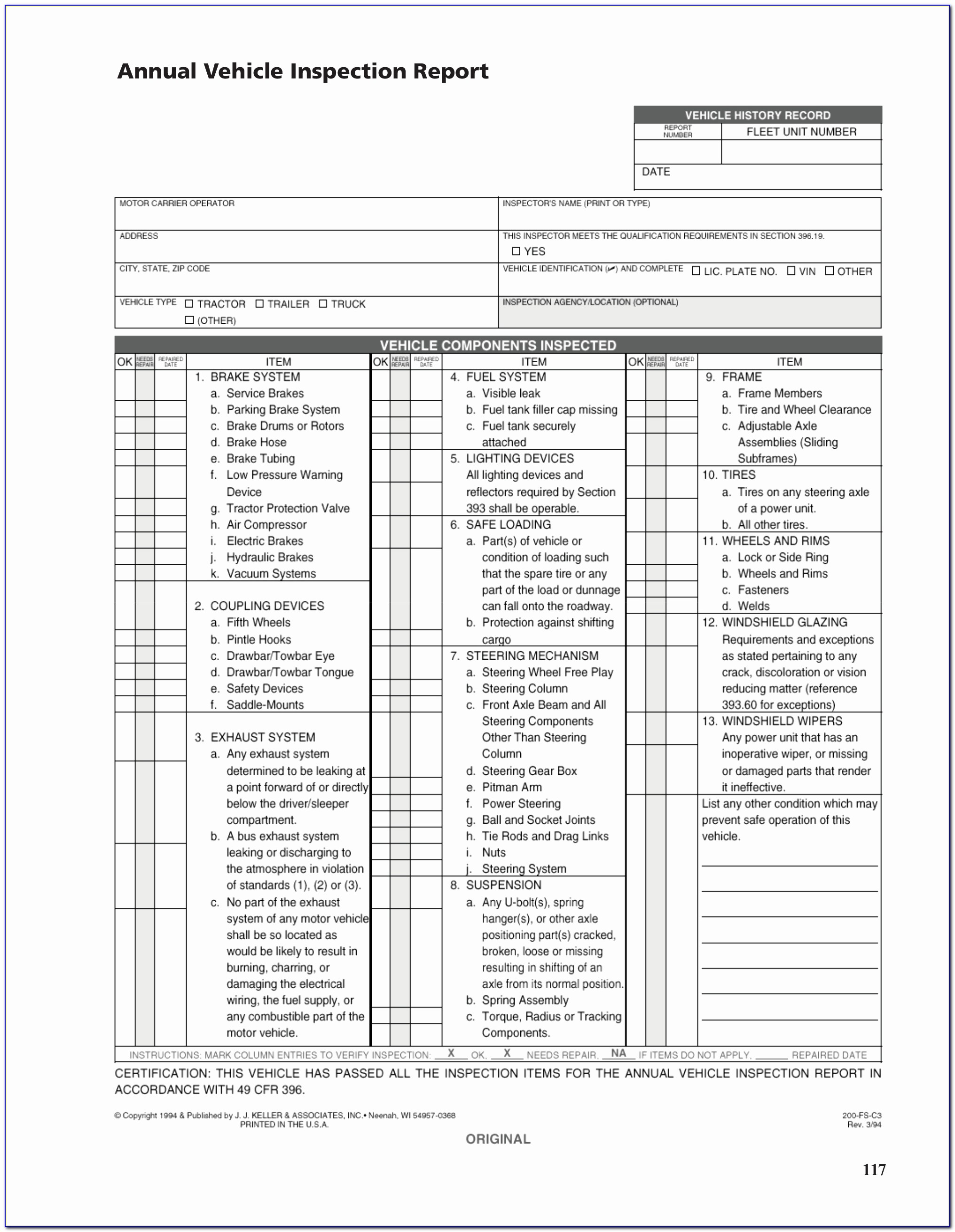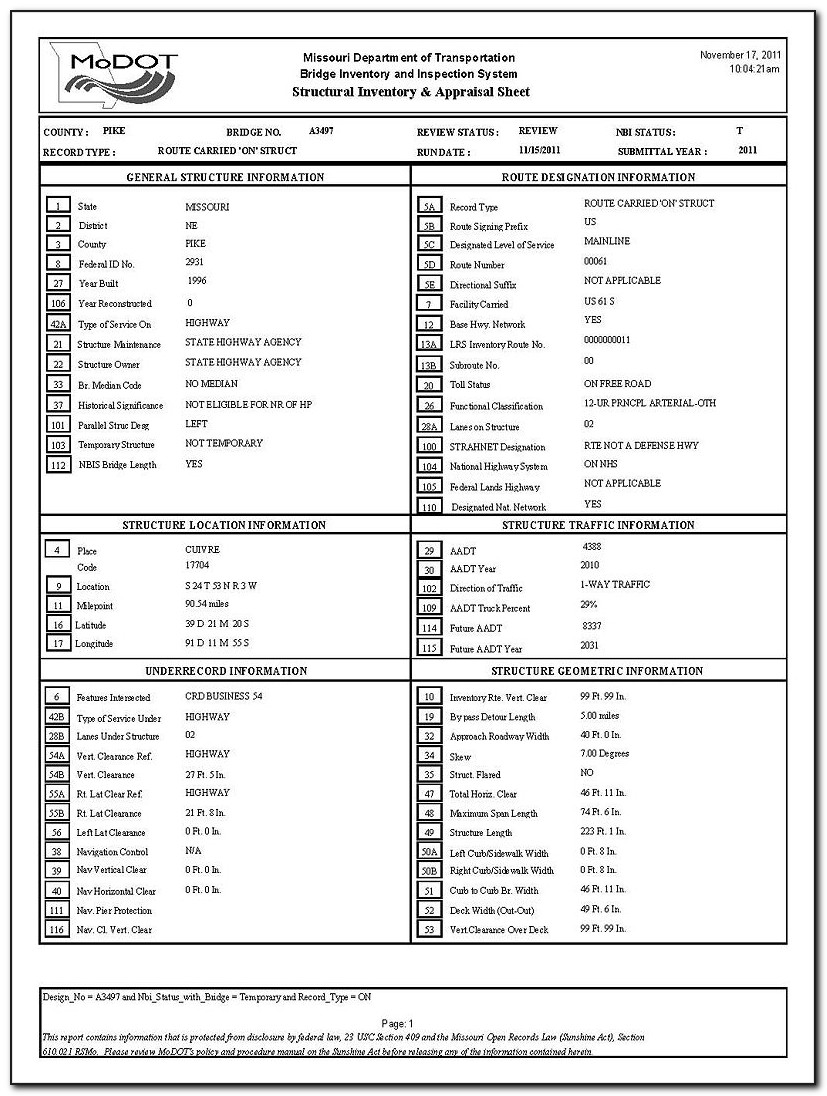Post-Trip Inspection: Ensuring Safety and Compliance 
Introduction
Ensuring the safety and compliance of commercial vehicles is of paramount importance in the transportation industry. One crucial element in maintaining vehicle safety is the post-trip inspection. A post-trip inspection is conducted after each journey to identify any issues that may have arisen during the trip or were not detected in the pre-trip inspection. In this article, we will explore the significance of post-trip inspections and the essential steps involved in performing them effectively.
The Purpose of a Post-Trip Inspection
A post-trip inspection serves several important purposes. First and foremost, it helps identify any mechanical or safety-related issues that may have developed during a journey. This allows for timely repairs and ensures that the vehicle is in optimal condition before the next trip. Secondly, it contributes to the overall maintenance and longevity of the vehicle by preventing potential breakdowns or accidents caused by faulty components. Lastly, conducting thorough post-trip inspections is a legal requirement mandated by regulatory bodies such as the Federal Motor Carrier Safety Administration (FMCSA) in the United States.
 Steps for Performing a Post-Trip Inspection
Steps for Performing a Post-Trip Inspection
A post-trip inspection involves a series of steps to comprehensively assess the condition of a commercial vehicle. Here are the key steps involved:
- Start with Visual Inspection
Begin by visually inspecting the vehicle’s exterior for any visible damage, such as dents, scratches, or loose parts. Check for signs of leaks underneath the vehicle, including oil, coolant, or brake fluid. It is essential to pay attention to the condition of tires, ensuring they have sufficient tread depth and are free from punctures or cuts.
 2. Check Lights and Reflectors
2. Check Lights and Reflectors
Next, inspect all lights and reflectors on the vehicle to ensure they are functioning correctly. This includes headlights, brake lights, turn signals, and hazard lights. Promptly replace any burnt-out bulbs or malfunctioning light fixtures.
 3. Review the Interior
3. Review the Interior
Move inside the vehicle and assess the condition of the cabin. Check the seats, seat belts, and mirrors for any signs of damage. Ensure that the gauges, dashboard lights, and warning indicators are functioning correctly. Take note of any unusual noises or vibrations during the drive that might signify mechanical issues.
- Inspect the Engine Compartment
The engine is the heart of any vehicle, so it is crucial to inspect its condition thoroughly. Check for any leaks, loose hoses, or damaged belts. Verify that the fluid levels, including oil, coolant, and windshield washer fluid, are at the recommended levels. Pay attention to any unusual smells or smoke that may be indicative of engine problems.
 5. Examine Brake System
5. Examine Brake System
The braking system is critical for the safety of the vehicle and its occupants. Inspect the brake pads, rotors, calipers, and brake fluid levels. Ensure that there is no excessive wear or damage and that the brake pedal feels firm and responsive.
Conclusion
Performing a thorough post-trip inspection is an essential part of every commercial driver’s responsibility. It ensures the safety and compliance of the vehicle, prevents breakdowns, and contributes to the overall maintenance and longevity of the fleet. By following the steps outlined in this article, drivers can effectively assess the condition of their vehicles and address any issues promptly. Remember, a well-maintained vehicle is not only crucial for business operations but also for the safety and well-being of everyone on the road.
